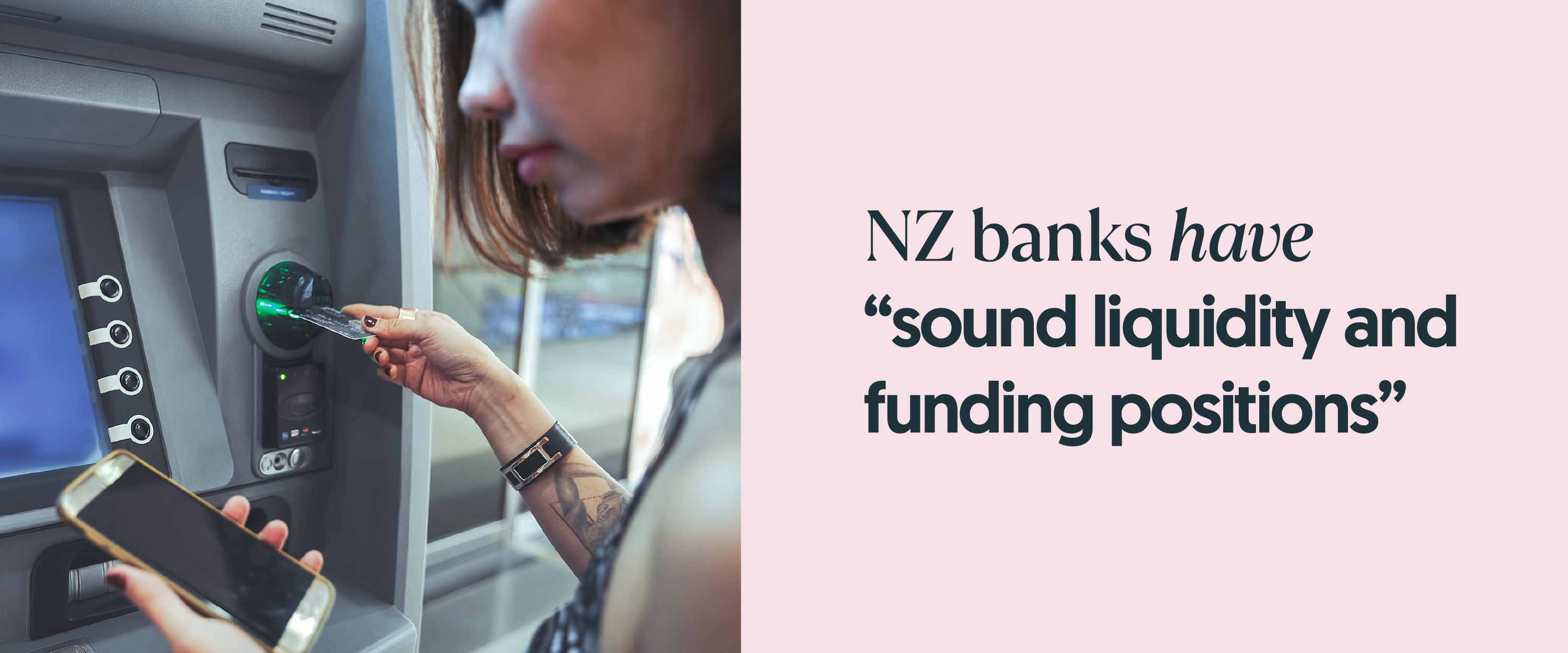
With Silicon Valley Bank collapsing in America and Credit Suisse coming close in Switzerland, you might be wondering about the resilience of New Zealand banks.
The good news is that all of the main banks are currently operating above the minimum regulatory requirements, according to the Reserve Bank of New Zealand (RBNZ).
“We are aware of the current financial stability issues with a small number of banks internationally. We are monitoring the situation closely, and are in regular contact with other regional regulators and regulated entities,” RBNZ said in a tweet.
“We are confident that the banks we are responsible for supervising have sound liquidity and funding positions. In New Zealand all registered banks are required to have systems in place to monitor and control their material risks, and this includes interest rate risks.”
“Our banks operate different business models that mean that they are not as exposed to the risks that have led to recent events. Our rigorous stress testing has shown that they are well-placed to deal with far more adverse situations than what we are currently experiencing.”
Minister for Finance Grant Robertson also said Kiwis could have confidence in the resilience of the financial system.
“New Zealand banks are required to meet the capital ratios required by the Reserve Bank. Banks currently hold significant buffers of excess capital and liquidity over regulatory minimums, and the banking sector is in good health,” reported newsroom.co.nz.
The RBNZ has planned for this scenario
Despite the strength of New Zealand’s banking system, it’s impossible to guarantee that a bank could never collapse.
That’s why the RBNZ has a tool for responding to bank failure called Open Bank Resolution (OBR).
“OBR enables authorities to re-open the failed bank the next day under statutory management and avoid the adverse consequences wherein the bank’s critical functions are abruptly disrupted. The basic idea is to provide customers access to their accounts as swiftly as possible so they can carry on making and receiving payments,” according to the RBNZ.
“In the absence of an OBR policy, the options for responding to a bank failure are limited to liquidation, government bail-out or take over by a competitor. If a private sector solution is not available, the government must therefore choose between allowing the bank to enter the liquidation process or providing public support.”
What would happen if a bank did collapse?
If you had a mortgage with a failed bank, you would be in the stronger position – after all, you would owe the bank money, rather than the other way round.
That said, your debt wouldn’t disappear. You would have to repay your loan to:
- The failed bank – if it found a way to keep trading.
- The liquidator – if the bank collapsed.
- The government – if it bailed out the bank.
- A competitor – if it took over the bank.
